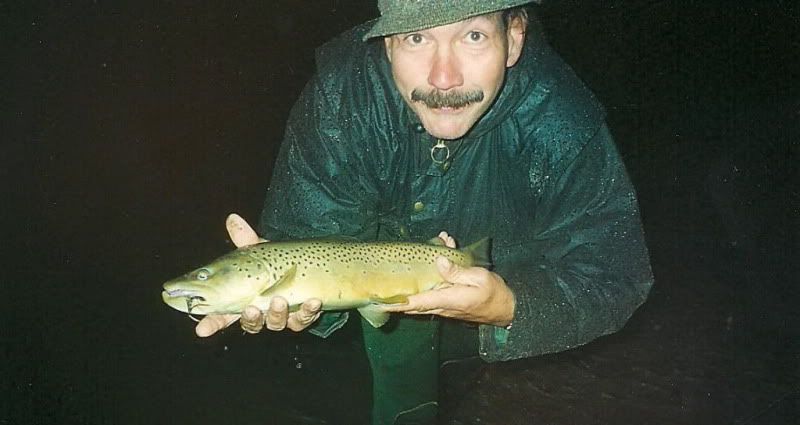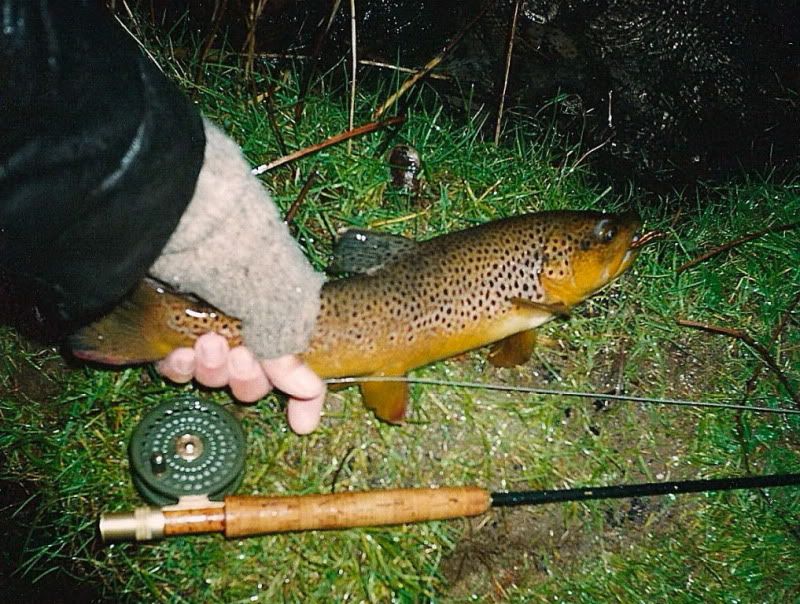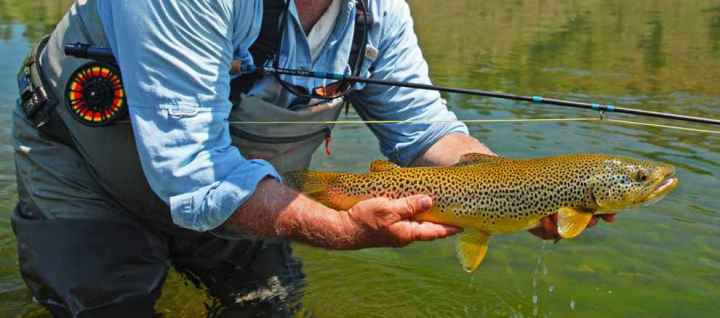I should add that in addition to Heacox's seminal book, re-published by Lyon's Press I believe, other great sources of information about browns and other fish with adipose fins is the great Ernie Schwiebert's "Trout" and anything by Dr. Robert Behnke.
Most of my personal favorite rivers have both wild reproducing (not native nor stocked) browns and rainbows in residence. One, The Henry's Fork, only has rainbows. Silver Creek too, only had rainbows until a famous individual took it upon himself to pour a pail of brown trout fingerlings into this illustrious spring creek in the dark of night. Now 30% of the population is browns...up to 30+"...but only single digit % of the angler's catch. The Missouri was stocked with browns until the early 1950's when Montana decided to focus on more highly harvestable domestic rainbows. The only native rainbows in Montana are up in the Kootenai R. The Clark Fork is Columbia watershed too but upstream migration is blocked by falls. Regrettably, all other rainbow populations in Montana, like just about everywhere else East of their native range are "junk" genetic strains of selectively breed for hatchery domestic behavior as well as early sexual maturity and short lifespan feed-me-a-pellet trout. Wait a minuet! I caught a gorgeous 23" rainbow that tore me into my backing...that's "junk?" Well, I have too and I love them too but imagine the lost potential of native strain, non-migratory, late sexually maturing, long life span fish like originally resided in the McCloud and some other California rivers? There is a relatively pure strain of them in the upper Delaware River (introduced in the 1880's) and a pure strain in Argentine Patagonian rivers (imported in 1910). These fish have the potential to grow to well over the 23" size that is a specimen of note in most of our non-lake connected trout rivers.
Anyway, I should not be bemoaning the state of trout genetics so early in the day. Subconsciously, I wish I was rigging up my NRX#4 to cast an early season BWO on a good sized spring feed arroyo in southern Patagonia. It too has both rainbows and browns sipping on its weed bed current seams; far from their original home waters.










